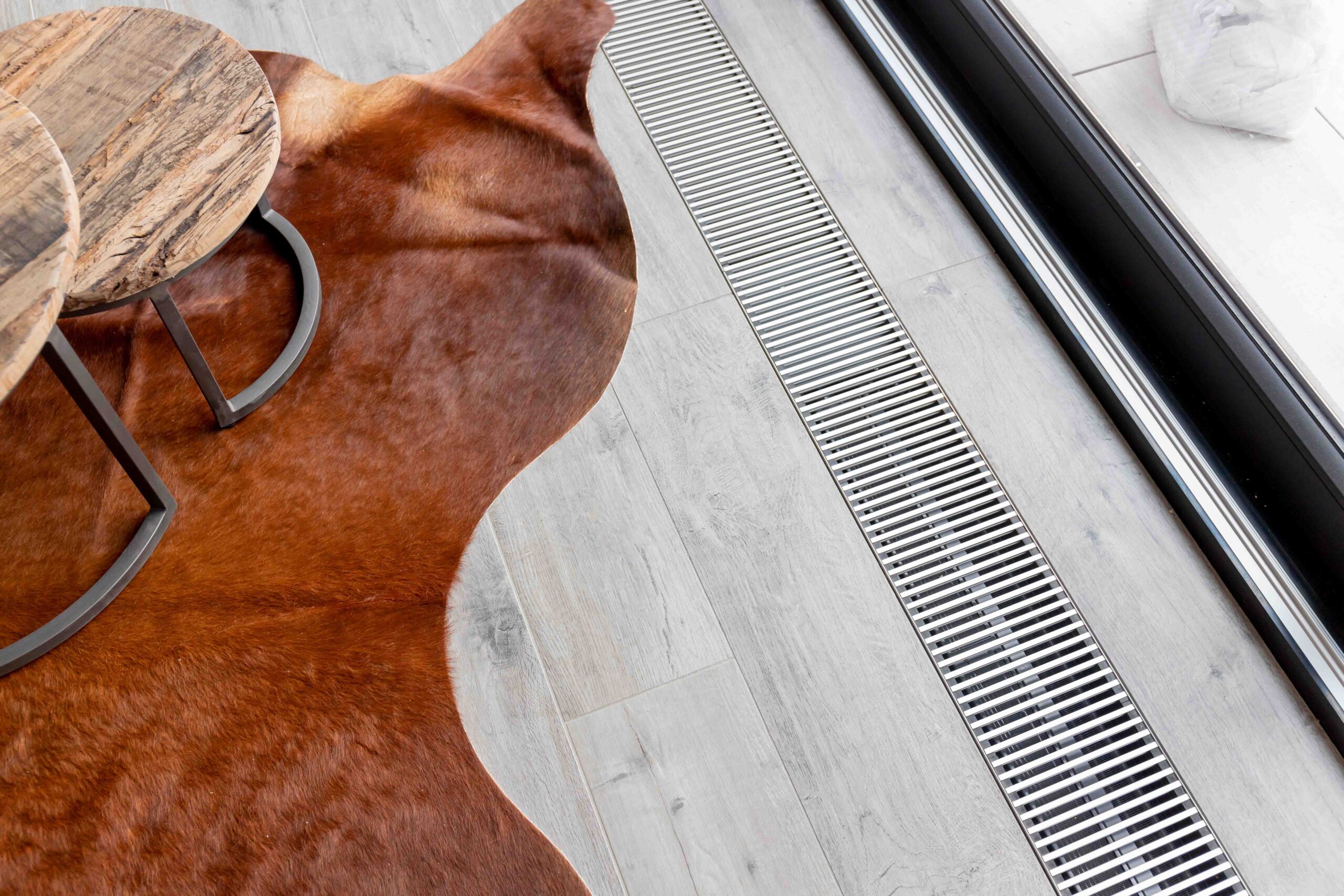
Did you know that new radiators are not only needed in new buildings – based on the calculations of the thermal engineers at TalTech, the reconstruction of the heating system has one of the shortest pay-back periods of all energy-saving measures in the renovation of residential buildings in residential areas.
Here you can find answers to some of the questions that might arise when installing or using radiator heating.
The most accurate way to choose a radiator is by consulting a professional heating plan. But if you don’t have the plan at hand, the dimensioning of the radiator can be based on the volume of the heated space, the temperature of the heating water inflow, the temperature of the heating water outflow, the room temperature and the level of insulation of the building.
The area of the building where the radiator will be placed also plays an important part — for example, in staircases and in the garage, it is probably not necessary to achieve the same temperatures as in residential rooms.
The rule of thumb is that the power consumption of residential premises is 20–40 W/m3 (for the usual 2.5 m ceilings, this would make 50–100 W/m2), where 20 W/m3 is for a very well-insulated new building and 40 w/m3 for an outdated building.
As a general rule, it makes sense to slightly oversize the radiator to avoid a decrease in heating capacity caused by a drop in power resulting from scale deposits forming on the inner surface of the radiator over time.
When installing a radiator, you will need radiator supports (either wall or floor supports — it is worth checking whether these are included in the price of the radiator or have to be purchased for an additional fee), vent valves and blind caps. In addition, it is recommended to equip the radiator with a shut-off valve (in the case of a radiator with a bottom-connection, the so-called H-valve). To save energy, you also need to install a thermostat.
The primary reason for the faster depreciation of a radiator is incorrect installation and operation – for example, the central heating radiator is connected to the domestic water circuit or the heating water of the heating system is replaced, which leads to corrosion. Also, the reason for the faster depreciation of a radiator may be an operating pressure greater than permitted.
If the room temperature is not lower than the set temperature, then the thermostat has shut off the inflow of heating water to the radiator, since the room does not need more heating and the radiator does not have to be warm.
However, if the room temperature is lower, there may be several reasons:
- The radiator may be clogged — Estonian calcareous water creates scale in the radiator, which reduces the heat output of the heater. In this case, flushing the heating system can relieve the problem, but for a heater that is more than 15 years old, flushing may not help.
- The radiator valve is closed – open the valve.
- There is air in the radiator – the air restricts the circulation of heating water. Air can be discharged through the vent valve.
- The radiator is unevenly warm – there is probably a blockage (see point (a)) or poor circulation of heating water. In the second case, it is necessary to contact the manager of the heating system.
- The capacity of the radiator is not enough for the room (the heater is too small).
- The heating system is not equipped with a circulating pump or the direction of the circulation of heating water is incorrect – the heating system operator or a plumber should be consulted.
- The thermostatic valve is clogged — the heating system manager or a plumber should be consulted.
Most radiators are coated with a powder coating, which means that painting with a paint compatible with powder coating is allowed, taking into account the temperature to be used in the heating system. Before painting the radiator, it is worth consulting with its importer.
The surface of the radiator, which is generally coated with a powder coating, should only be cleaned with mild detergents to prevent damage to the paintwork. The internal convective surfaces of the radiator can be cleaned with static brushes at the end of a long handle.
Since water expands when it freezes, it raises the pressure in the radiator above the permissible limit, which can provoke a change in the shape of the radiator water channels, cracking of the paint, rupture of welds, etc. When a radiator that has frozen thaws, it leaks and is no longer usable.
In rooms where the temperature drops below 0 °C in winter (basements, garages, porches, etc), there may be a risk of water freezing. In this case, it makes sense to increase the temperature and circulation of the heating water inflow. To prevent the radiator from freezing, do not close the radiator’s shut-off valve. However, if the risk of freezing is real, then it makes sense to add frost-resistant substances to the heating water.